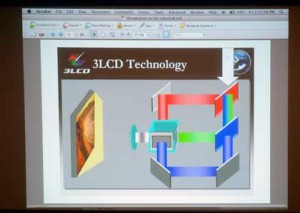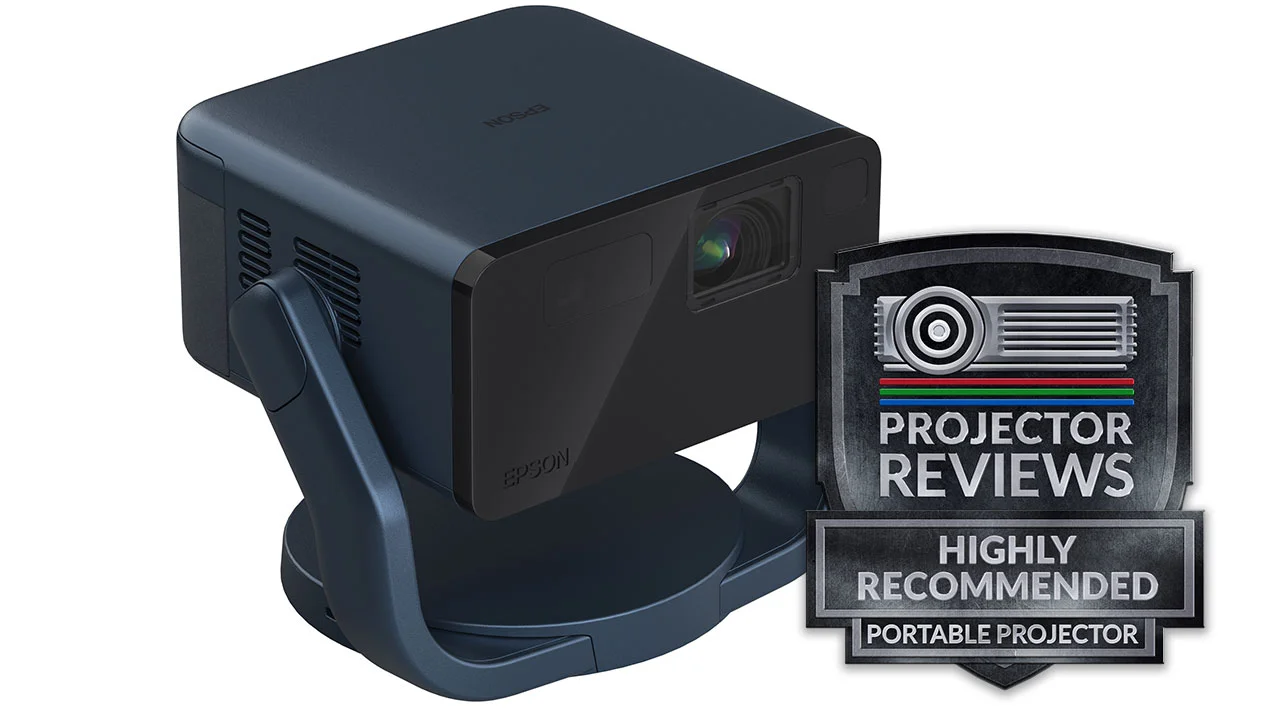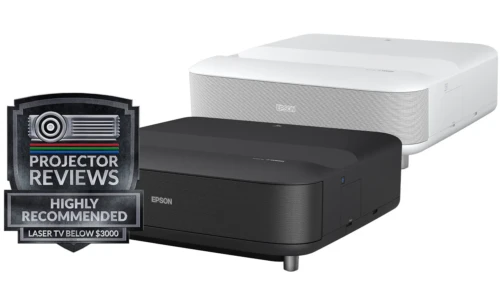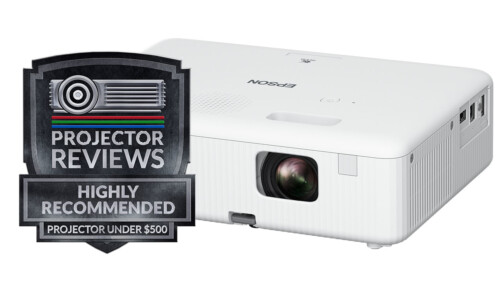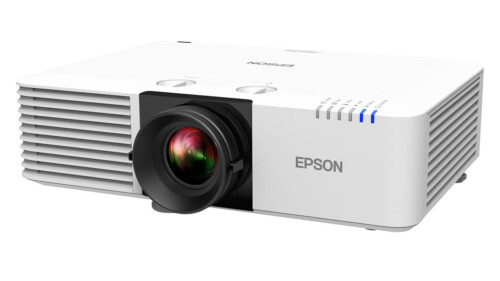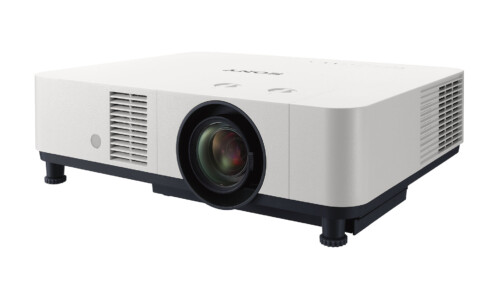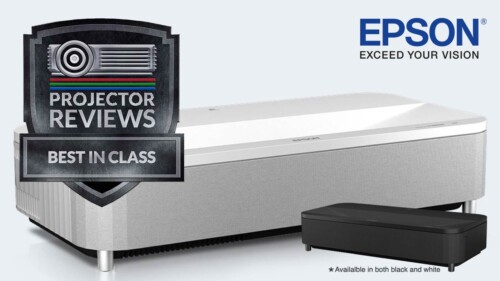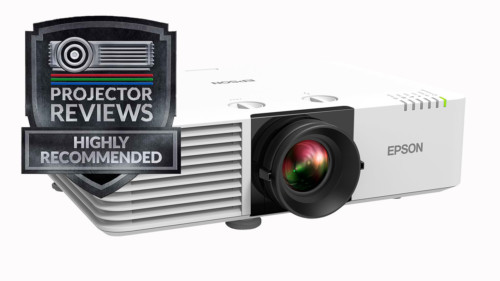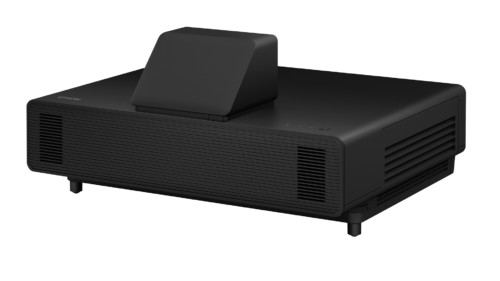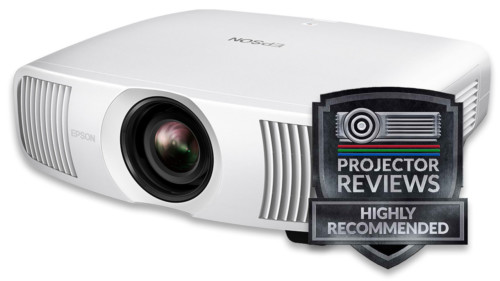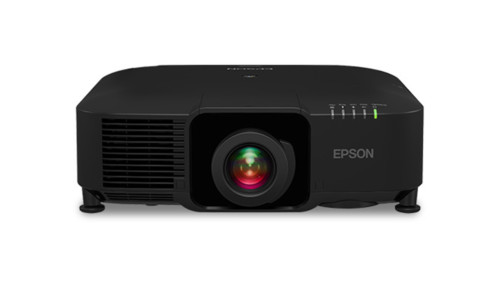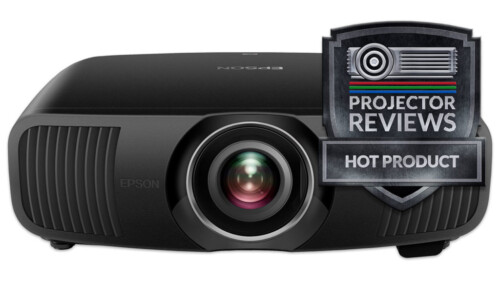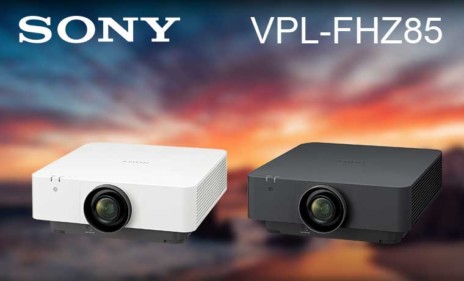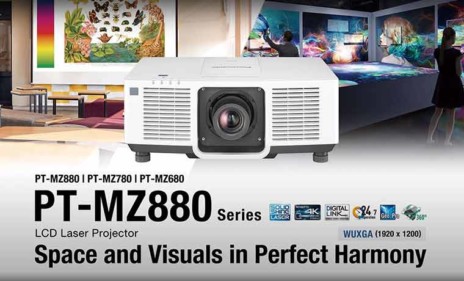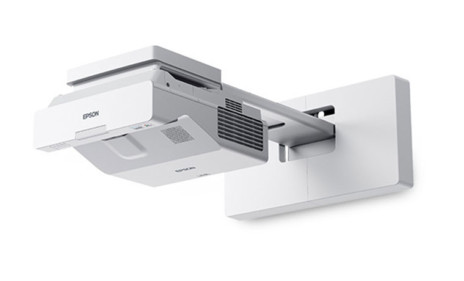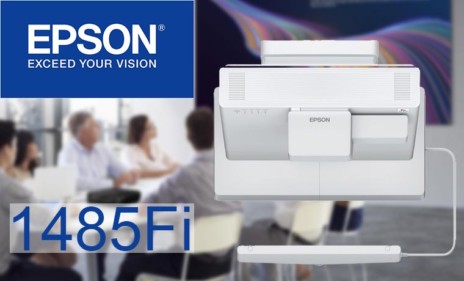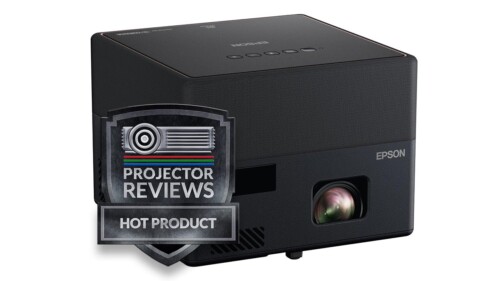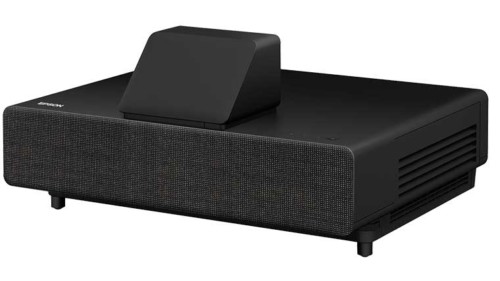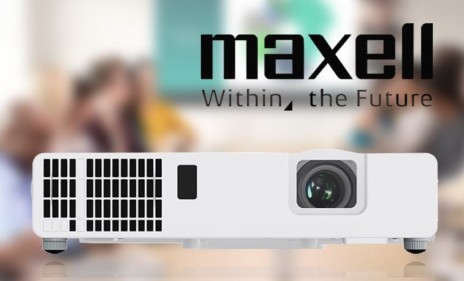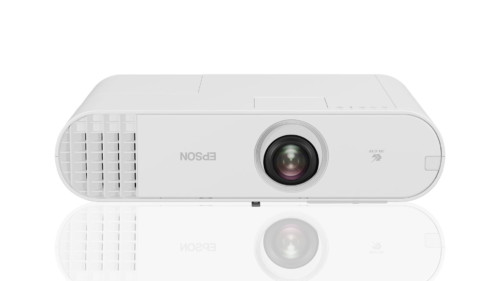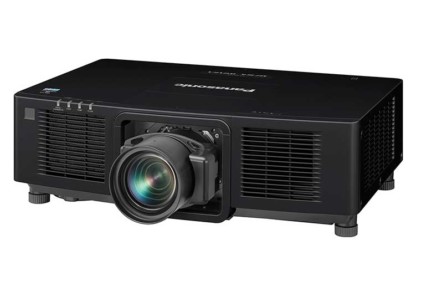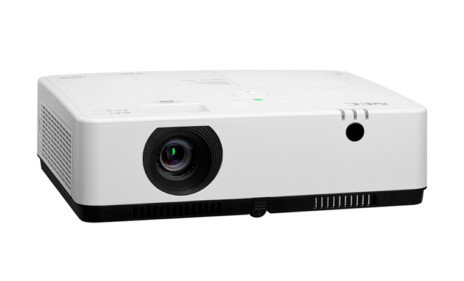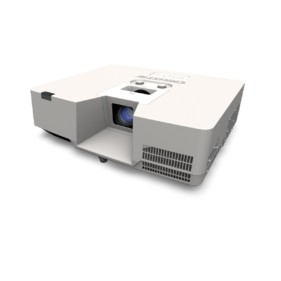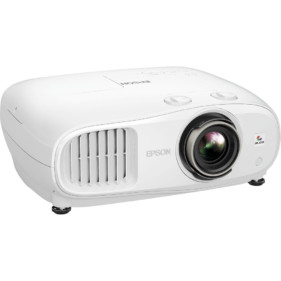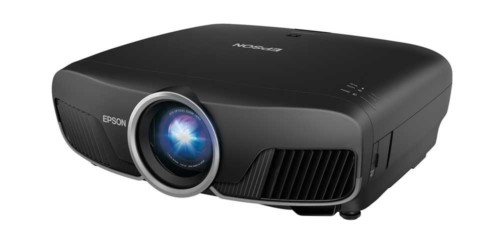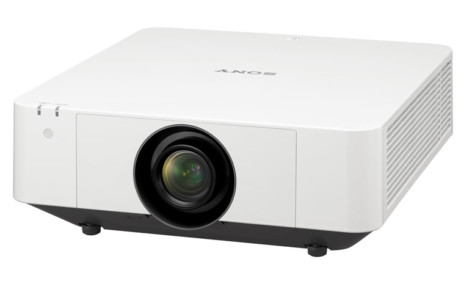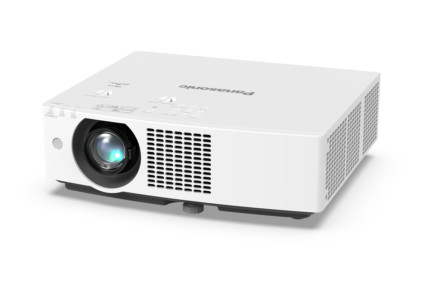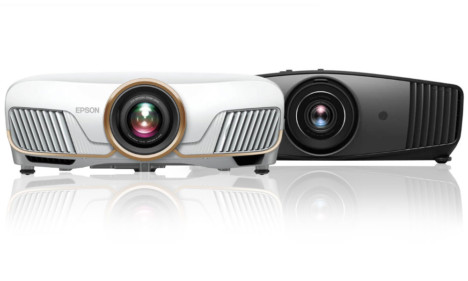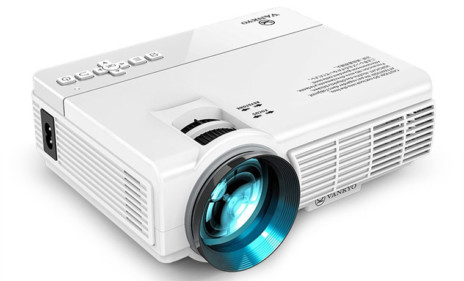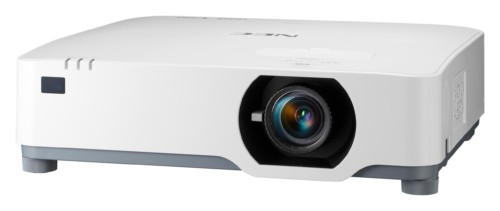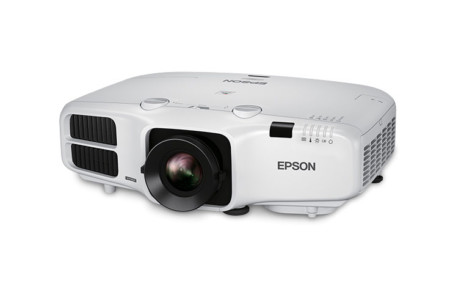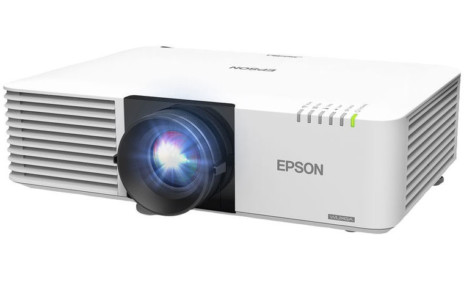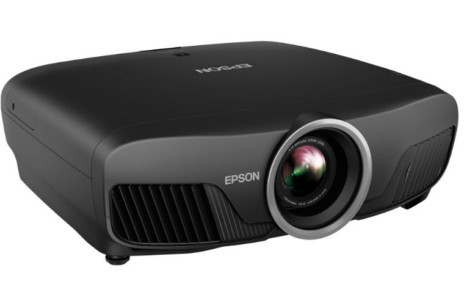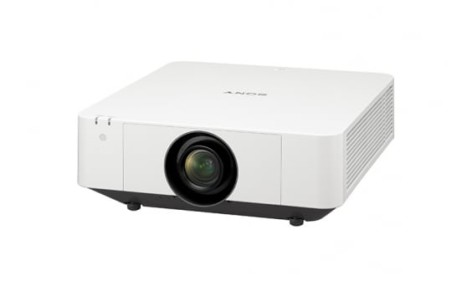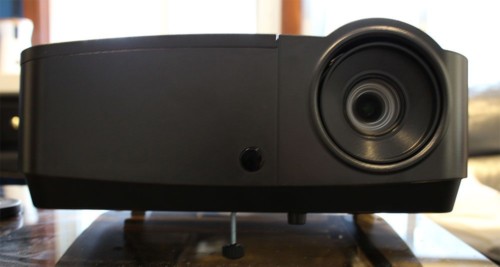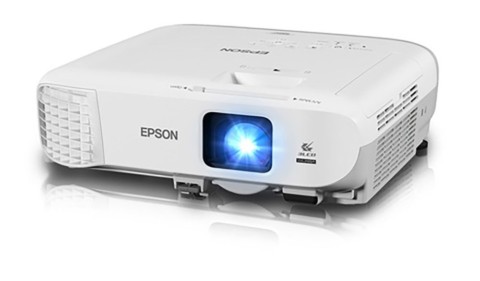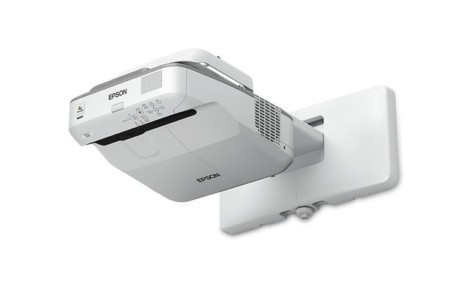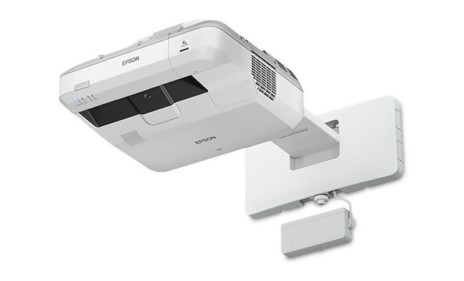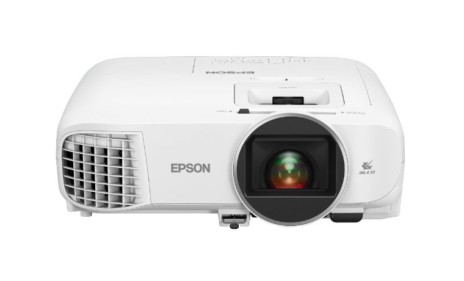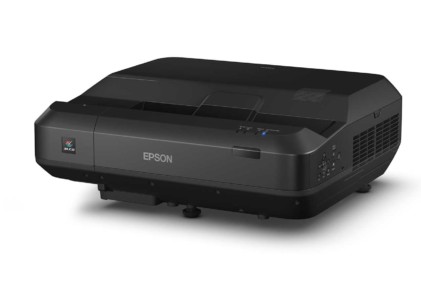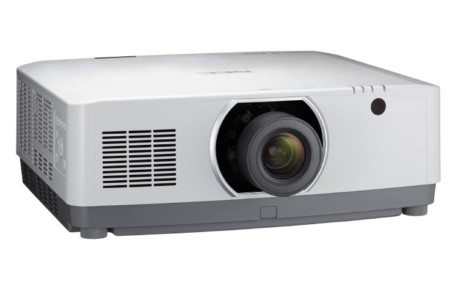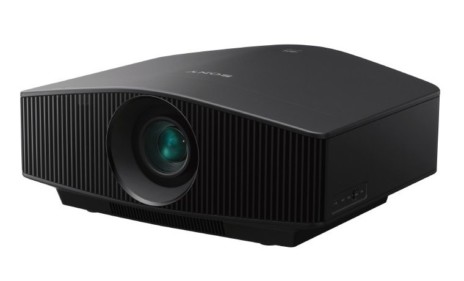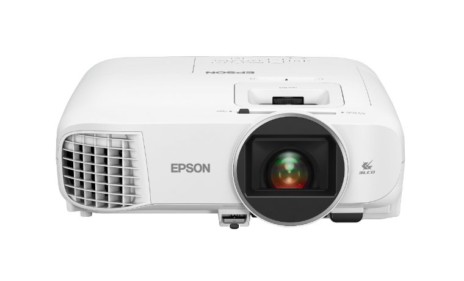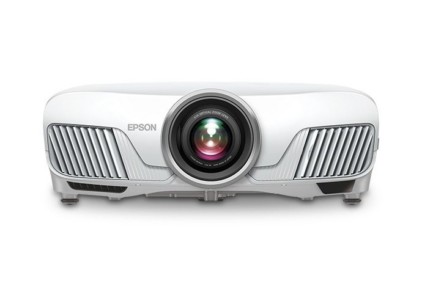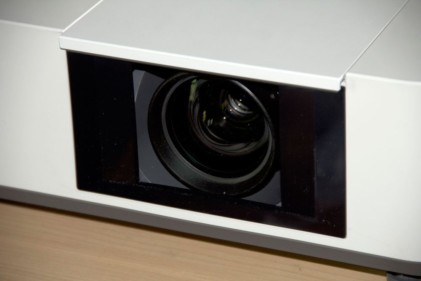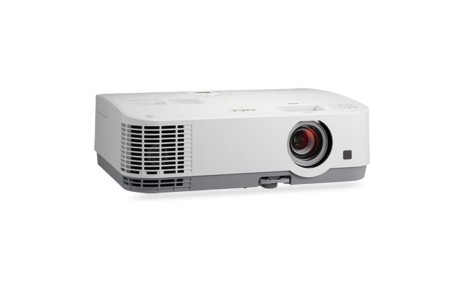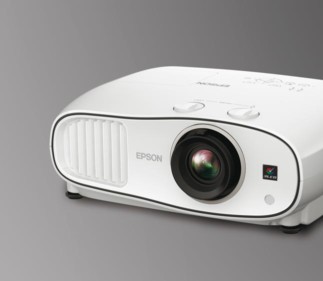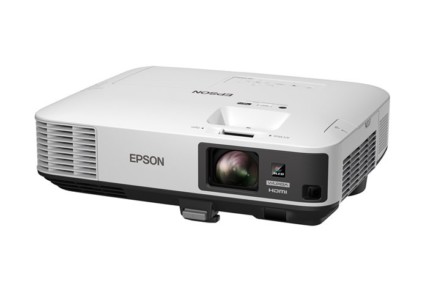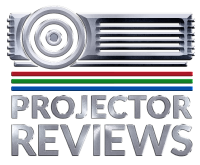The 3LCD projectors category includes the latest technology used in home theater projectors, and business projectors. See below for a list of 3LCD projector reviews and compare 3LCD projectors with DLP, three chip DLP, LCoS, and LCD systems.
3LCD is actually a copyrighted name associated with the 3LCD Group, a trade group that is comprised of manufacturers manufacturing projectors using LCD technology, and LCD panel manufacturers like Epson and Sony. Let’s say that all 3LCD projectors are LCD projectors, but not all LCD projectors are 3LCD. More below, regarding that.
3LCD projectors – According to industry experts, 3LCD projectors are the dominent species of projectors. They make up well more than half of all projectors manufactured. 3LCD dominates just about all categories of projectors except the extreme high end (3 chip DLP) and the incredibly small Pico projectors.
3LCD Projectors include a solid-state optical design with no moving parts (unlike DLP). The panels (or chips as they are also called) have been all transmissive LCD panels. That is, light passes through the panels.
Most recently, Epson has started manufacturing an “R” series, but until I read more about their design, they sound more like LCoS than LCD, so they may or may not fit into the traditional 3LCD definition.
Here is a helpful resource to compare 3LCD technologies with LCD, DLP, 3 Chip DLP, and LCoS projection systems.
The 3-Chip 3LCD projector contains an advanced technology that splits the light from the projector lamp, into 3 beams using mirrors. Each beam passes through a different LCD panel, one with a red, one with a green, and one with a blue filter. The three color images are combined using a prism of dichroic glass, creating a full-color image consisting of millions of colors.
These vibrant images pass through a projector lens to display a dazzling picture. Fundamentally, 3LCD projectors targeted for the home theater market, are similar to those for business and education (and government and…), but with different feature sets that make them more suitable for one application than another.
3LCD projectors are known for rich saturated colors. And that brings us to a brief
There use to be no reliable metric for determining true color output, until the 3LCD Group has started promoting CLO as a new standard for the industry. Color Light Output, or CLO, is a scientific measurement developed similar to the specification of White Light Output.
The reason many consider this important is that single chip DLP devices normally have a spinning color wheel with color filters, and a white (clear) filter. This allows a DLP system to produce a brighter level of white, then of any pure color like true red, green, yellow…
In reality, since everyone normally measures white, this gives a bigger advantage to DLP projectors that use larger and larger clear slices. But, there’s a price to pay. A pure white, might appear 50% or conceivably 100% brighter than a pure red. That would change the intended image noticeably. On a bright white background spreadsheet, “bright” pure colors like red, green… would seem muted – even overwhelmed by large bright areas.
Is this a huge thing? We don’t believe so, but a CLO standard would at least provide additional, and somewhat significant info to those choosing projectors. In our reviews, we have often mentioned that “DLP projectors need to be about 1/3 brighter when in ambient light situations, than LCD projectors, due to the colors not being as bright as the whites” (ambient light is like expanding the clear slice in that DLP projector – it does the same thing – washes out colors).
The point that needs to be made is that a 2000 lumen 3LCD projector in, say, a typical conference room with some fluorescent lights on, will hold up as well overall as a DLP projector claiming 2500 lumens. Its whites wouldn’t be as bright, but bright colors would actually be a bit brighter on the 3LCD projector. This is just one type of common trade-off. 3LCD designs don’t use a spinning filter system, so there is also no rainbow effect that affects some people.
3LCD technology was developed by Epson in the 1980s and is used in over half of the projectors manufactured today. Almost every major projector brand has adopted the 3LCD 3-chip technology, for at least part of their projector line-up.
The panels themselves continue to evolve and improve, with frequent major performance improvements. Contrast has improved dramatically, as has panel life.
The pixel structure of the panels themselves are now less noticeable, and essentially no longer of concern at any of the higher resolutions. As noted above, 3LCD designs typically produce an image 25 – 40% brighter than a DLP projector using a similar wattage lamp, making 3LCD projectors more energy efficient.
3LCD projectors are as previously mentioned the “dominant form of life” in business, education, and home projection. That’s not likely to change anytime soon, although each technology has its own advantages.

